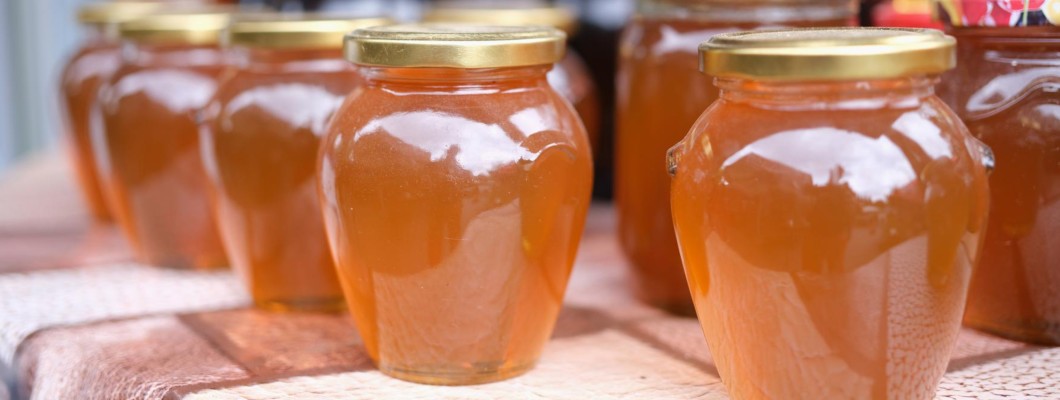
What are Orcio Jars?
Orcio jars, with their distinctive stout shape and elegant curves, are a timeless piece of ceramic artistry. Originating from Italy, these jars are renowned for their wide body and narrow neck, typically finished with a glaze that accentuates their rustic yet sophisticated appearance. Historically made from terracotta, modern variations might use different materials while maintaining the classic design.
The Historical Journey of Orcio Jars
The roots of Orcio jars trace back to ancient Italy, where they were primarily used for storing olives, olive oil, and other perishables. The design of these jars was not just aesthetic but functional; the narrow neck and wide base were ideal for preserving the contents by limiting air exposure. Over the centuries, Orcio jars have evolved from practical storage solutions to decorative items, symbolising the rich Italian heritage.
Diverse Uses in Contemporary Settings
Today, Orcio jars are celebrated for their versatility. While they still serve as containers for food items like pickles or dry goods, their role has expanded.
- Decorative Elements: Orcio jars are often used as stylish decorative pieces. They can be painted, glazed, or left in their natural terracotta state to add a rustic touch to any setting.
- Planters: Their sturdy build makes them ideal for use as planters, both indoors and outdoors.
- Candle Holders: Large Orcio jars can be transformed into unique candle holders, creating a cosy and ambient atmosphere.
- Gift Containers: Filled with homemade goods, these jars make for charming and personalised gifts.
- The Appeal of Orcio Jars in Modern Interiors
- The timeless appeal of Orcio jars lies in their blend of functionality and aesthetic. They bring a piece of Italian tradition into modern homes, offering a tactile connection to history and craftsmanship. Whether used in kitchens, living rooms, or gardens, these jars add a touch of elegance and nostalgia.
Conclusion
Orcio jars are more than just containers; they are a testament to enduring design and cultural history. Their transition from humble storage vessels to cherished decorative items reflects their adaptability and timeless charm. As we continue to find new uses for these classic jars, we keep a piece of history alive in our daily lives.
-1000x562.jpg)
